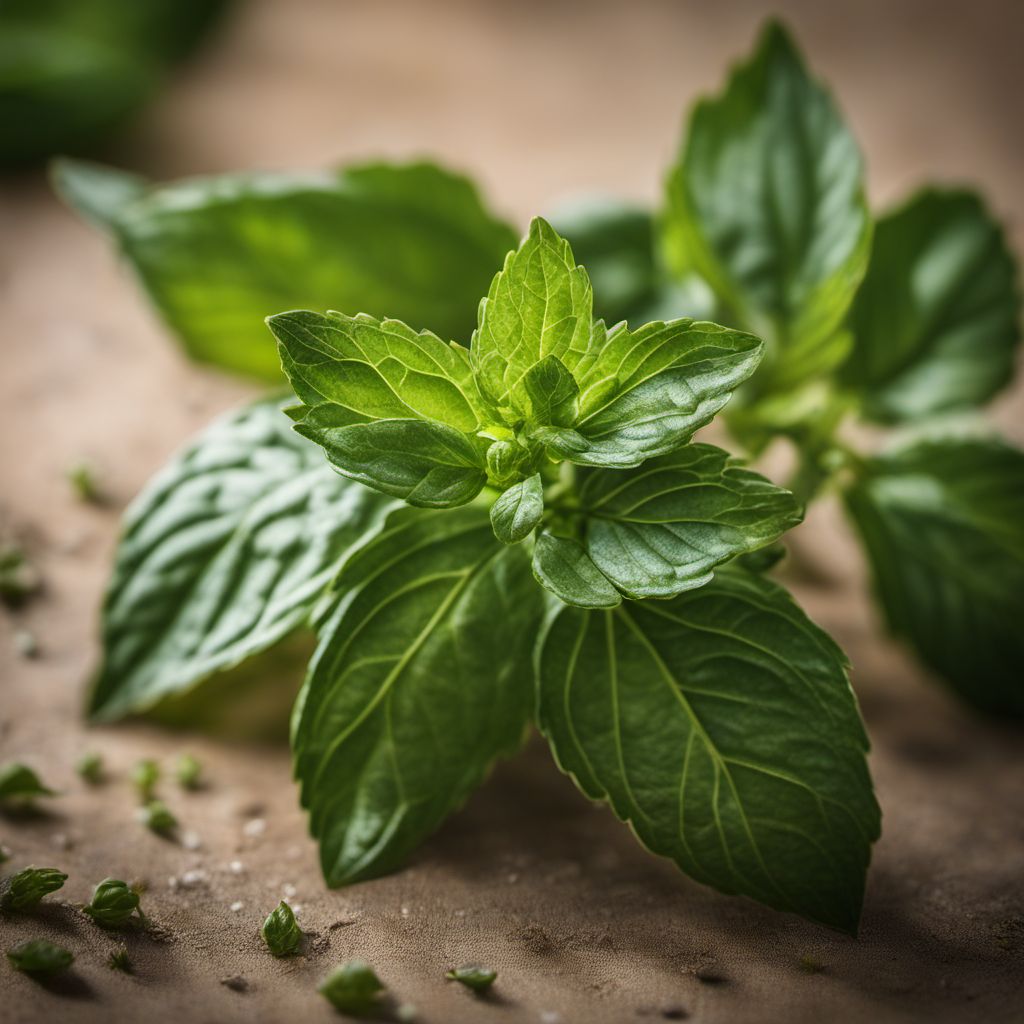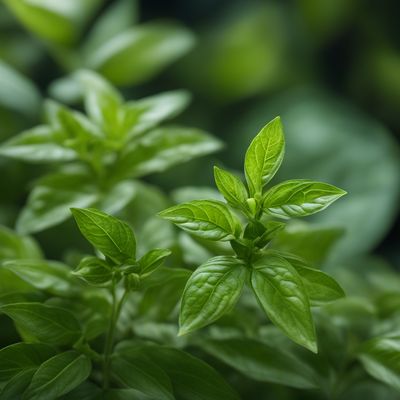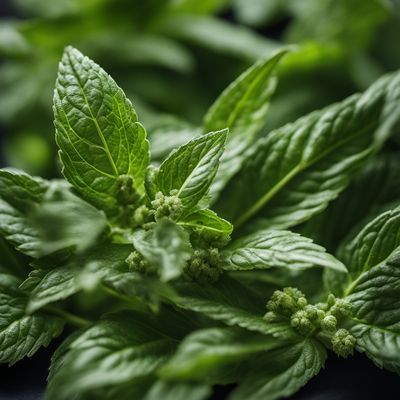
Ingredient
Greek bush basil
The Fragrant Herb of the Mediterranean: Greek Bush Basil
Greek bush basil, also known as Ocimum basilicum minimum, is a compact variety of basil with small, narrow leaves and a bushy growth habit. It has a vibrant green color and exudes a strong, sweet aroma. The leaves are slightly smaller than those of other basil varieties, but they pack a punch when it comes to flavor. Greek bush basil has a peppery, clove-like taste with hints of anise and mint. Its texture is tender and delicate, making it perfect for garnishing or incorporating into dishes.
Origins and history
Greek bush basil is believed to have originated in the Mediterranean region, particularly in Greece. Basil has a rich historical background and has been cultivated for thousands of years. It has been used in various ancient civilizations, including the Egyptians, Greeks, and Romans, for culinary, medicinal, and religious purposes. Today, Greek bush basil continues to be an essential herb in Mediterranean cuisine.
Nutritional information
Greek bush basil is low in calories and a good source of vitamins A, K, and C. It also contains essential minerals like calcium, iron, and magnesium.
Allergens
Greek bush basil is generally considered safe for consumption and is not known to cause allergies in most individuals. However, individuals with a known allergy to basil or other herbs in the Lamiaceae family should exercise caution.
How to select
When selecting Greek bush basil, look for vibrant green leaves that are free from wilting or discoloration. The leaves should have a strong, pleasant aroma. Avoid any bunches with yellow or brown spots, as this indicates age or poor quality.
Storage recommendations
To maintain the freshness of Greek bush basil, store it in a plastic bag or container lined with a damp paper towel in the refrigerator. Alternatively, you can place the stems in a glass of water and cover the leaves loosely with a plastic bag. It is best used within a few days of purchase for optimal flavor.
How to produce
Greek bush basil can be easily grown by amateurs in a sunny location with well-drained soil. Start by planting seeds or young seedlings in the spring after the last frost. Regular watering and occasional pruning will help promote healthy growth.
Preparation tips
Greek bush basil is a versatile herb that can be used in a variety of dishes. It is commonly used in salads, pasta sauces, pesto, and as a garnish for soups and stews. To maximize its flavor, add Greek bush basil towards the end of cooking or use it fresh as a finishing touch. Remember to tear or chop the leaves just before using to release their aromatic oils.
Substitutions
If Greek bush basil is not available, regular sweet basil can be used as a substitute. While the flavor profile may differ slightly, sweet basil will still provide a similar aromatic and herbaceous taste.
Culinary uses
Greek bush basil is a staple in Mediterranean cuisine and is commonly used in dishes like Caprese salad, Greek salads, tomato-based sauces, and grilled vegetables. It adds a fresh and aromatic element to these dishes, enhancing their overall flavor.
Availability
Greek bush basil is commonly available in Mediterranean countries such as Greece, Italy, and Turkey. It can also be found in specialty grocery stores or farmers markets in other regions.
More ingredients from this category » Browse all

Lesser calamint
The Mediterranean Herb Wonder

Lemon basil
The Zesty Herb: Unveiling the Delights of Lemon Basil

Rice paddy herb
The Fragrant Gem

Asiatic pennywort
The Healing Herb: Unveiling the Wonders of Asiatic Pennywort

Basil
The King of Herbs

Thai basil
The Fragrant Herb: Thai Basil

Vietnamese mint
The Zesty Herb

Lemon balm
The Zesty Herb: Lemon Balm

Hoary basil
The Aromatic Herb: Hoary Basil

Mints
The Refreshing Herb

Holy basil
The Sacred Herb: Holy Basil

Lizard tail
The Enigmatic Delicacy: Lizard Tail
